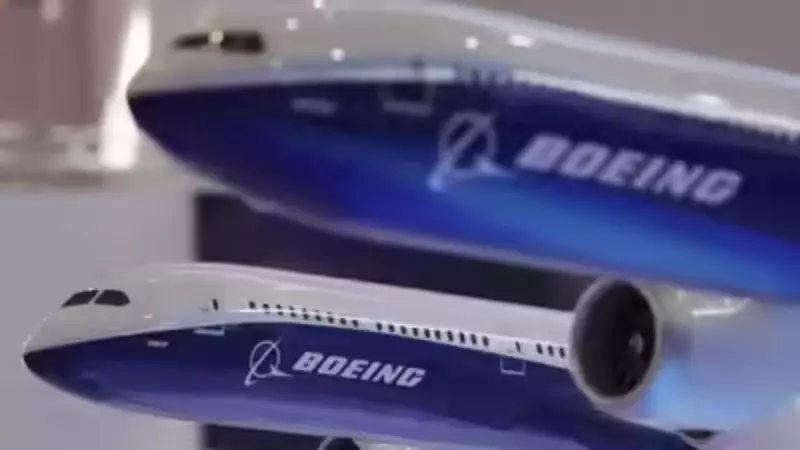
Indian pilots flying Boeing 787 Dreamliner aircraft are raising serious concerns about cockpit ergonomics and demanding immediate regulatory action. The primary issue revolves around the aircraft's cockpit seats, which reportedly offer significantly less reclining capability compared to other wide-body planes.
The Fatigue Factor
According to pilot unions and aviation experts, the limited recline function in Boeing 787 cockpits is causing increased physical strain and fatigue during long-haul flights. Unlike other aircraft where pilots can rest more comfortably during breaks, the Dreamliner's design constraints are pushing human limits.
Formal Appeal to Aviation Regulator
The Federation of Indian Pilots has formally approached the Directorate General of Civil Aviation (DGCA), urging the aviation authority to reconsider and reduce the maximum duty periods specifically for Boeing 787 operations. The appeal emphasizes that current duty times don't account for the physical challenges posed by the aircraft's seating arrangement.
Safety First Approach
"We're not just talking about comfort here - this is fundamentally a safety issue," explained a senior pilot representing the federation. "When crew members cannot adequately rest during their designated break periods, it directly impacts their alertness and performance during critical phases of flight."
Comparative Analysis Reveals Discrepancy
Industry comparisons show that while Boeing 787s are celebrated for their fuel efficiency and passenger comfort, the cockpit working conditions present unique challenges. The seat design limitation means that even during rest periods on ultra-long-haul routes, pilots cannot achieve the same level of physical recovery as they might in other aircraft types.
Seeking Balanced Solutions
The pilots' federation isn't demanding ground-breaking changes to aircraft design but rather seeking regulatory recognition of the operational realities. They propose either reduced maximum duty times for Dreamliner operations or mandatory additional rest provisions to compensate for the seating constraints.
This development comes at a time when Indian airlines are increasingly relying on Boeing 787s for international routes, making the resolution of this issue crucial for both operational efficiency and flight safety standards.





